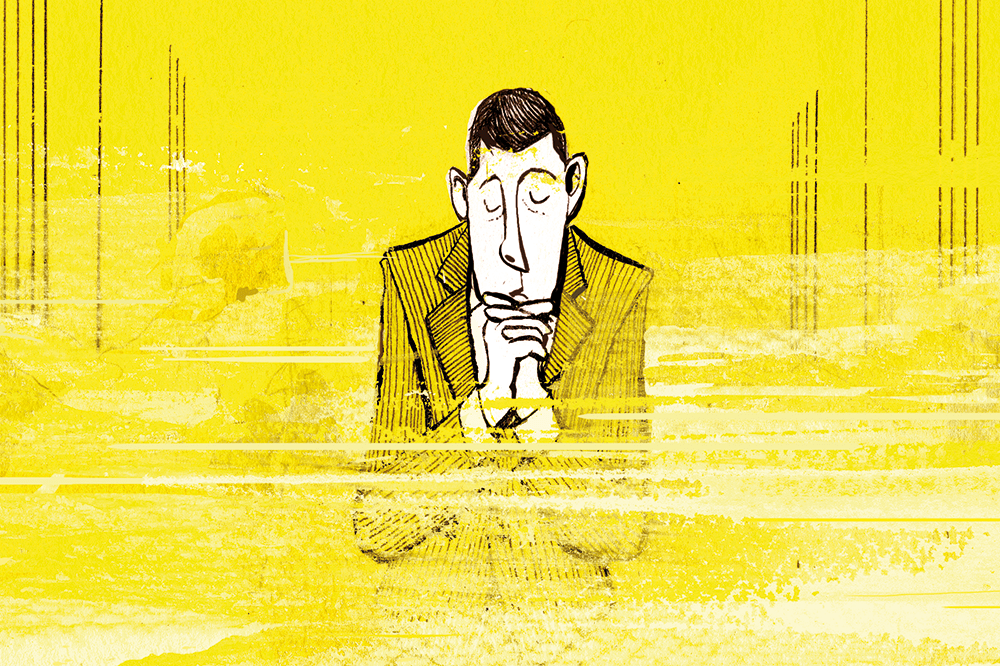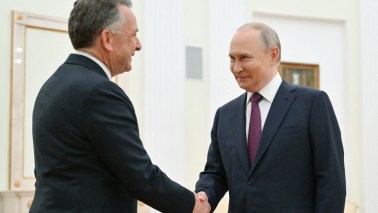Marcus Walker has narrated this article for you to listen to.
When the Roman Emperor Justinian finished building the Hagia Sophia church in Constantinople in 537 he compared it to the great temple in Jerusalem. ‘Solomon, I have surpassed thee,’ he declared. Some 400 years later, as visiting ambassadors from Kyiv were led into the same ethereal structure, they remarked: ‘We did not know if we were in heaven or earth.’
There will be no such confusion when people enter the newly opened ‘multi-faith area’ in the free waiting zone car park of Bristol Airport. To the casual observer it looks like a bus stop with greyed-out Perspex glass windows and walls that do not quite reach the ground (presumably to prevent the homeless finding somewhere dry to sleep). Located ‘just off the Silver Zone roundabout’, the multi-faith area ‘provides customers with a private space to reflect and pray whilst waiting to collect friends, family or loved ones’.
It is tokenism to put up a prayer space for your customers but then shove it on a roundabout
This is almost the perfect metaphor for how our secular, bureaucratic state today views religion and prayer. When St Hilda’s College, Oxford, decided to replace its chapel with a multi-faith prayer room, its last Anglican chaplain commented: ‘When it comes to decoration and iconography, a multi-faith room inevitably tends to be lowest common denominator and therefore usually bland. Soulless you might say.’ He went on to sell the pass: ‘Much as we enjoy the colour and numinous atmosphere of, say, Exeter College Chapel, Christians can worship or pray in any space.’
Well, up to a point. Christians can worship God anywhere, and God is sometimes worshipped most deeply and powerfully in the most miserable of places. But that does not therefore mean this is the ideal way of worshipping.







Comments
Join the debate for just £1 a month
Be part of the conversation with other Spectator readers by getting your first three months for £3.
UNLOCK ACCESS Just £1 a monthAlready a subscriber? Log in